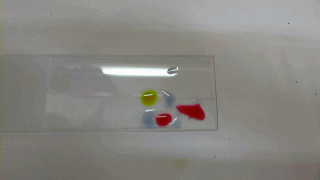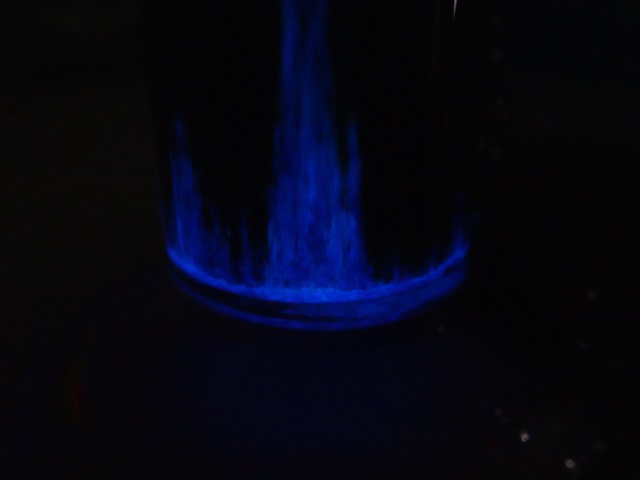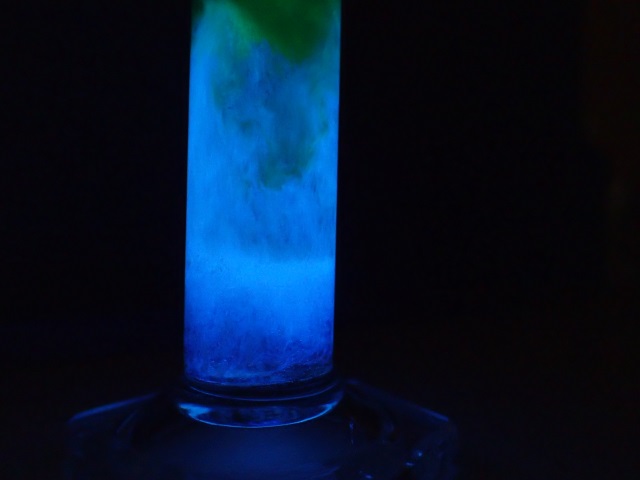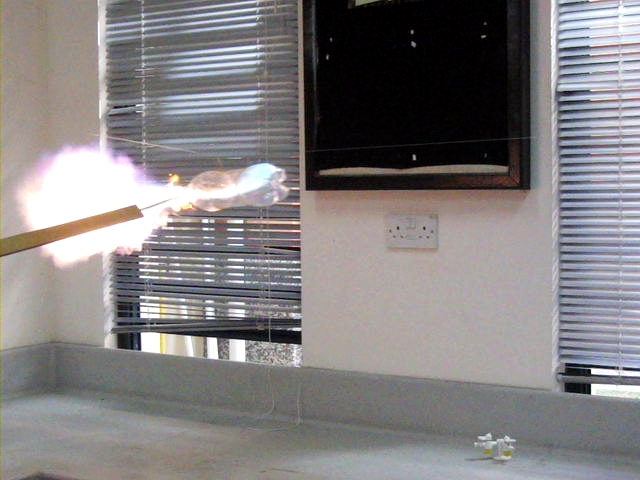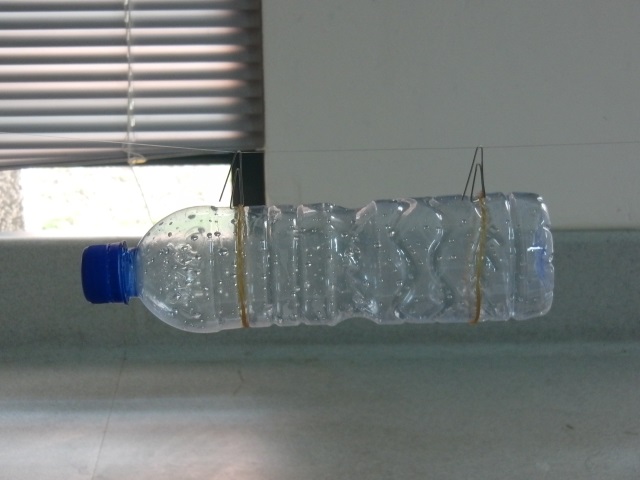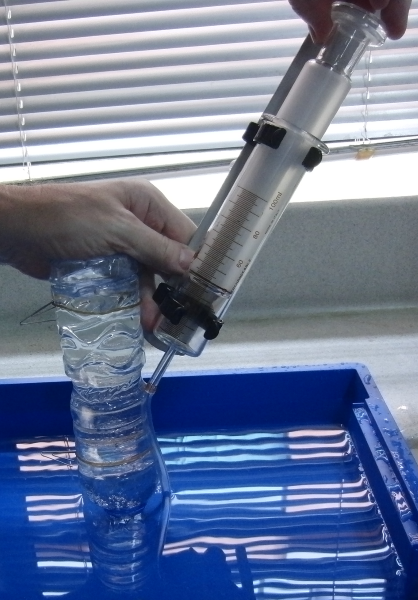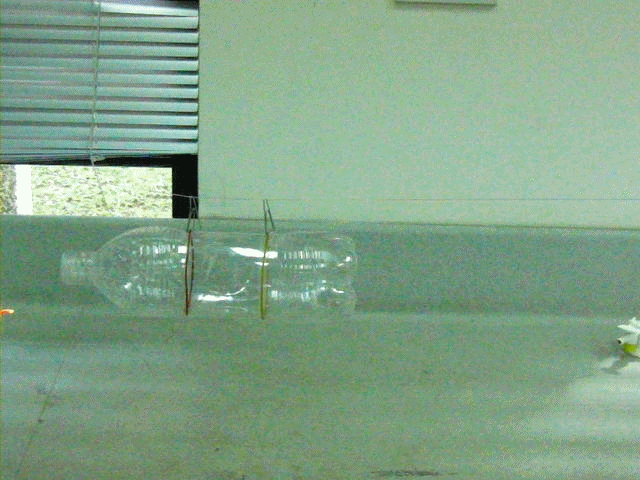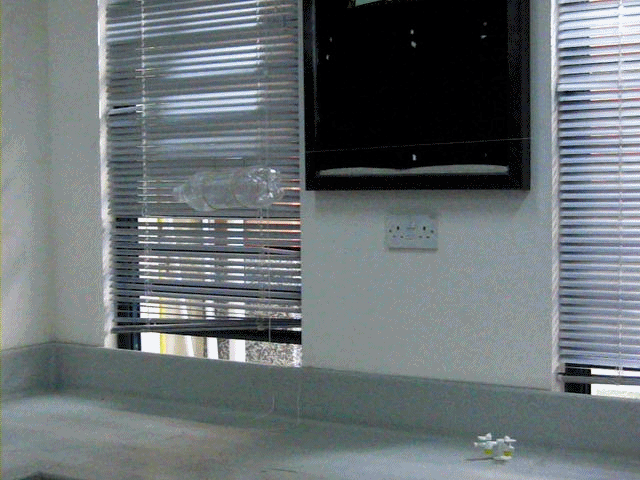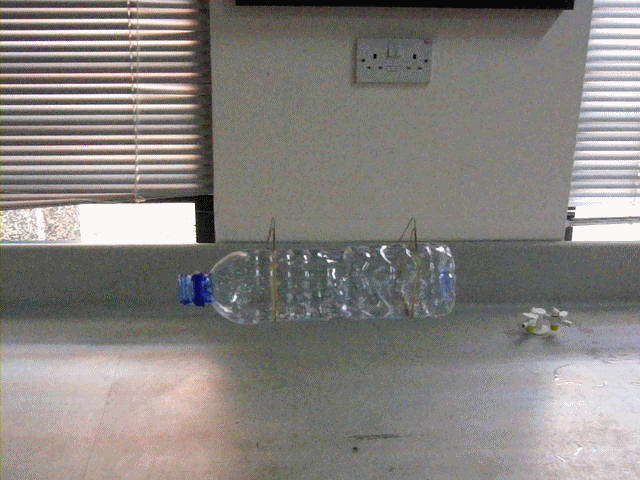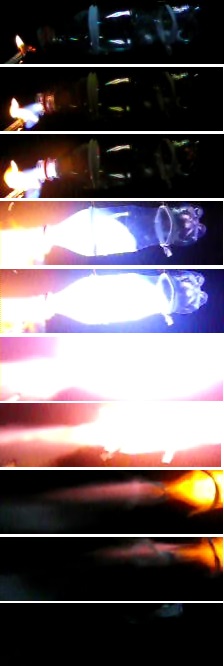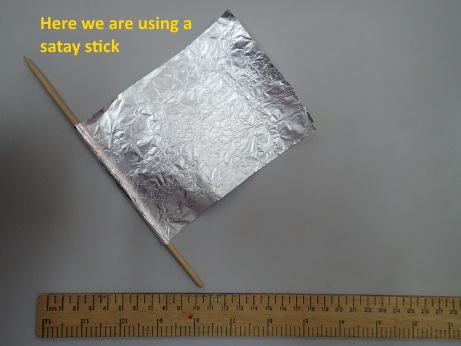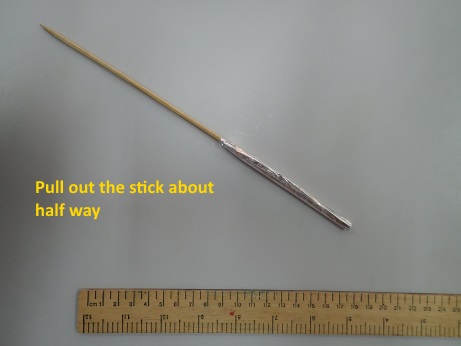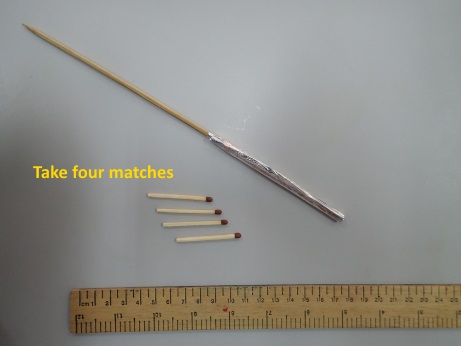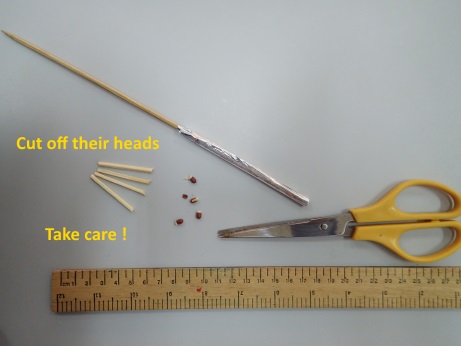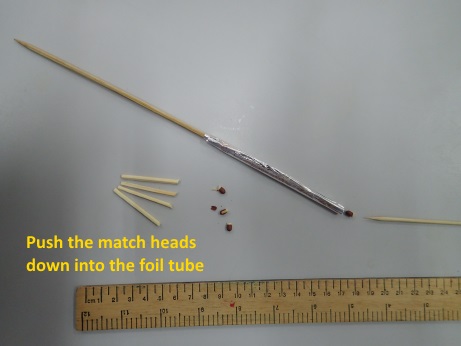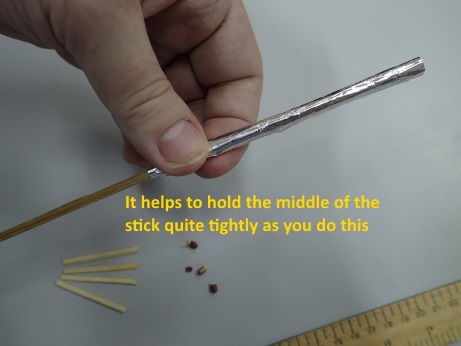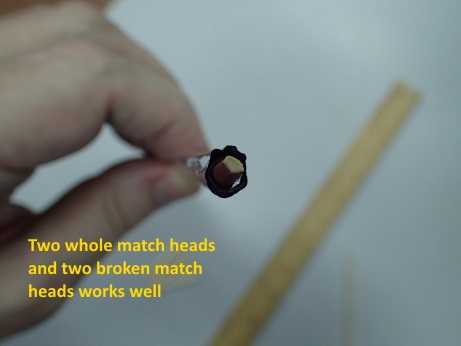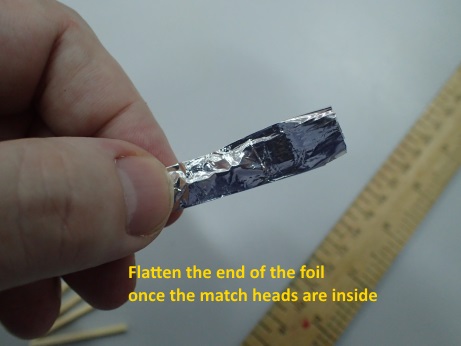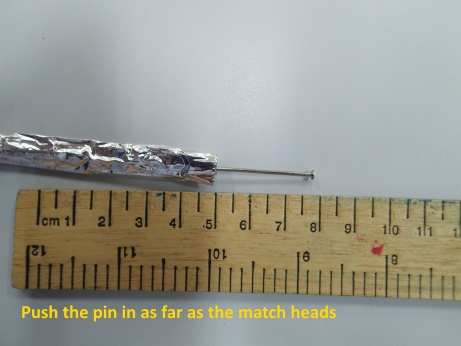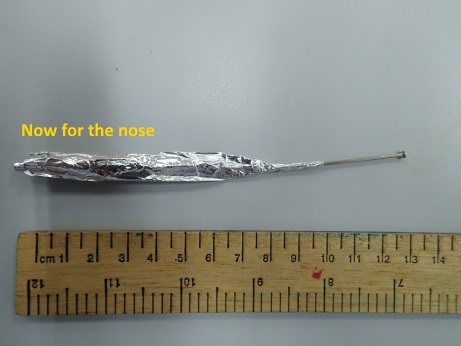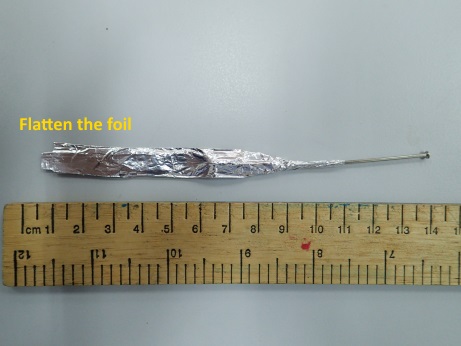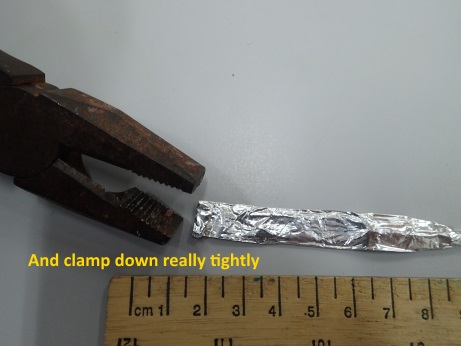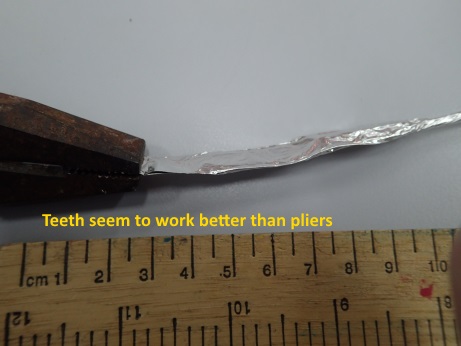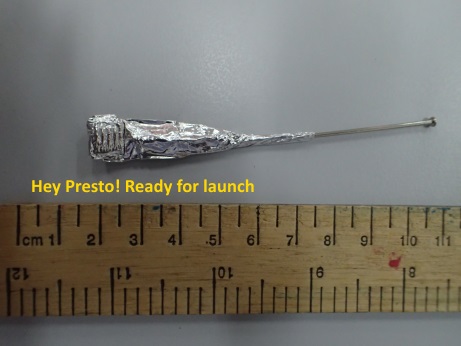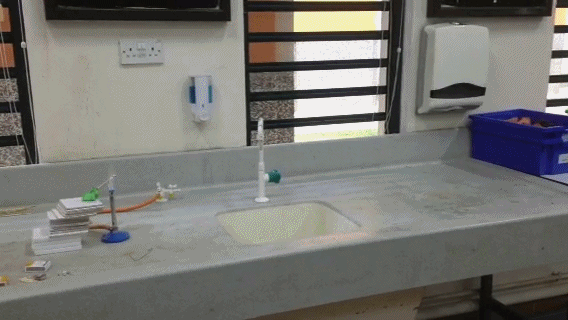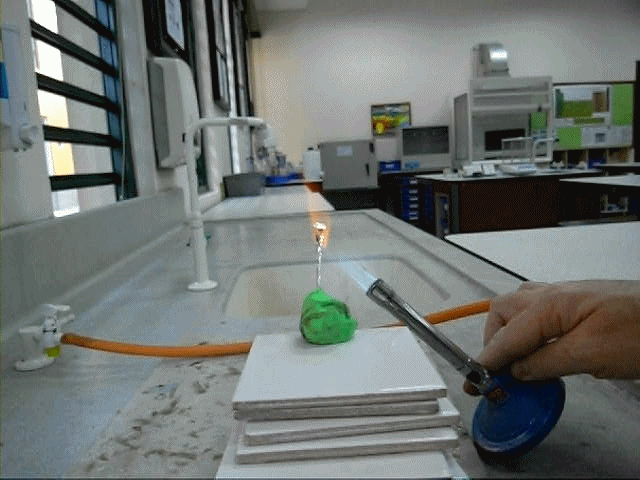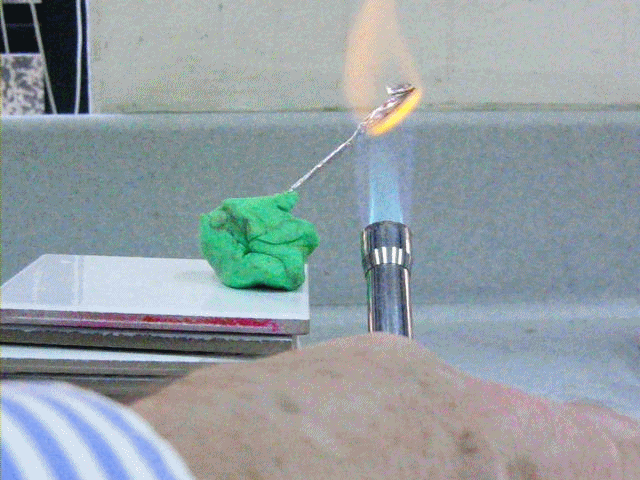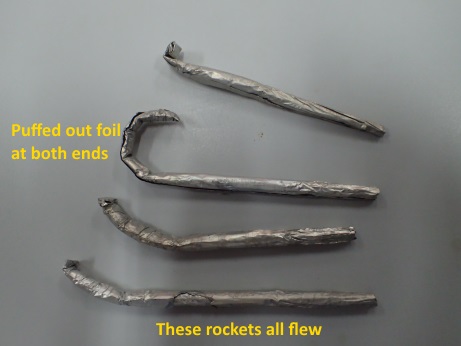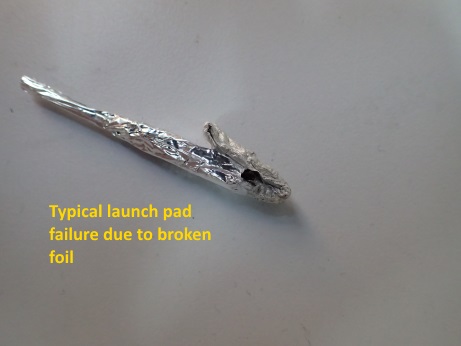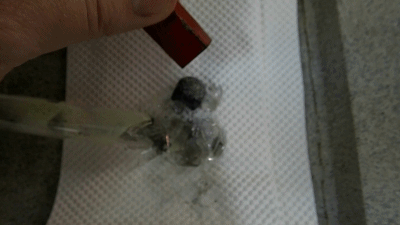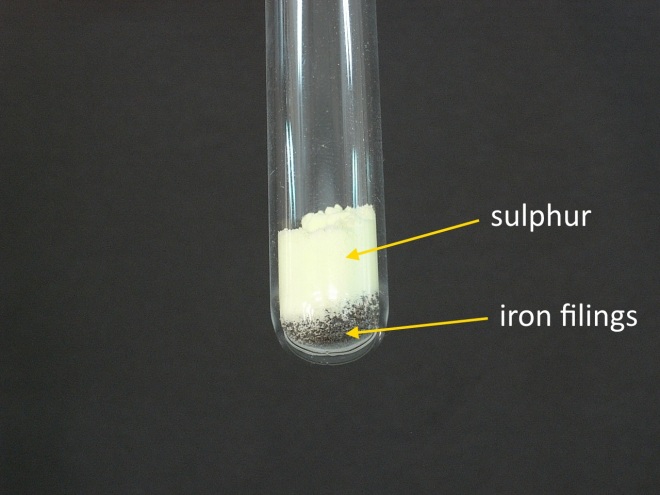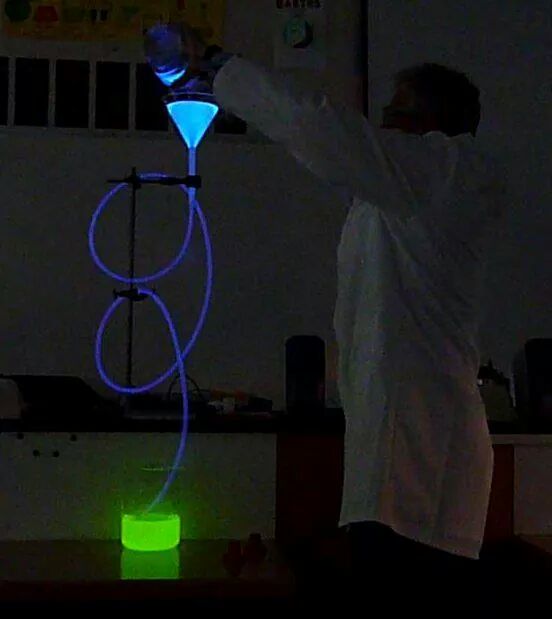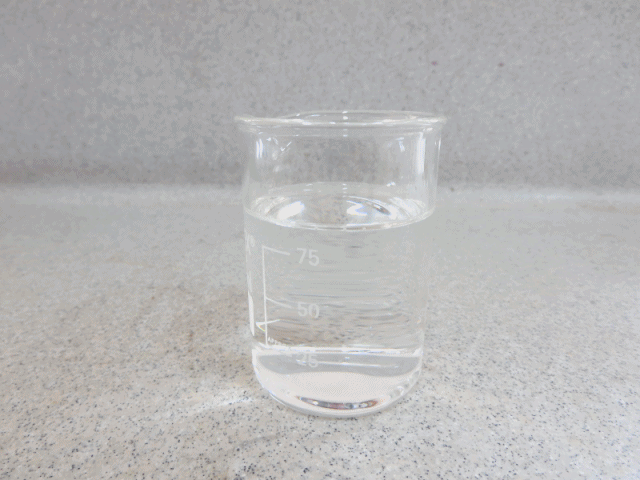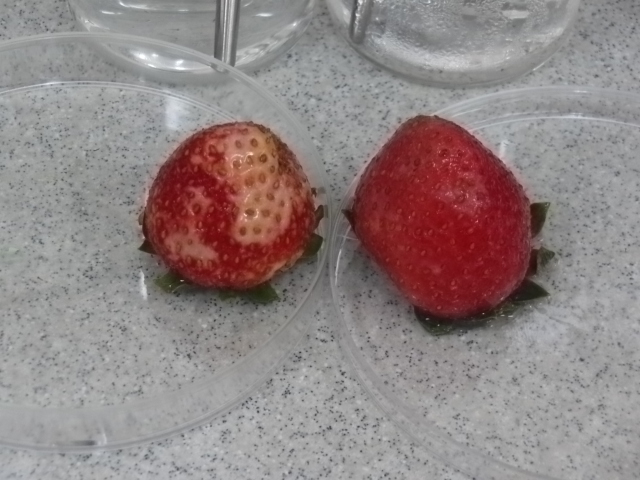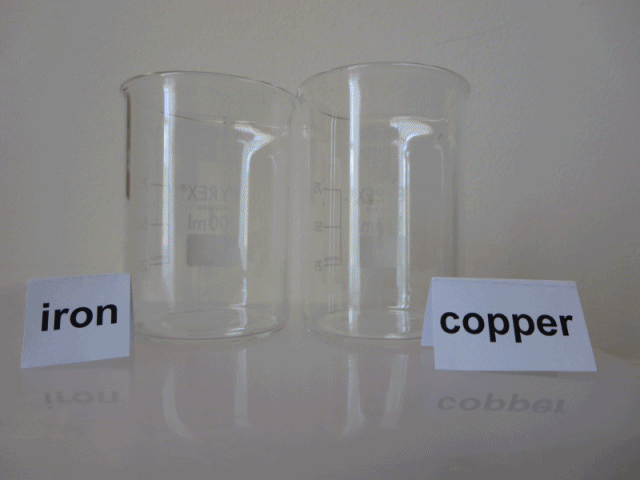Cotton wool balls are very easy to nitrate on a micro-scale and can provide a stimulating demonstration to support teaching chemistry at Advanced Level at school. Adding a mixture of concentrated nitric acid and concentrated sulfuric acid to cotton wool produces nitrocellulose and when dried this burns spectacularly. A bright yellow flame characteristic of the presence of sodium is evident.
Teacher demonstration A method is described below for the nitration of cotton wool on a microscale which considerably reduces the risks involved and minimises the impact on the environment in terms of the quantities of chemicals used and amount of waste generated.
After allowing the nitrating mixture of concentrated nitric acid and concentrated sulfuric acid to react with the cotton wool for 20 to 30 minutes whilst sitting on ice, the reaction is terminated by washing the cotton wool with water and then sodium bicarbonate solution. The latter step neutralises any acids present. We decided to see what effect it would have on the product and its burning characteristics by varying the base used in the neutralisation step.
Accordingly, potassium carbonate, lithium carbonate, limewater (calcium hydroxide) and a barium carbonate slurry were each used in place of the sodium bicarbonate in a series of experiments. The results of burning the nitrocelluloses produced are shown in the animations below, with the nitrocellulose produced using a sodium bicarbonate wash shown first for comparison.
Two questions for chemistry students (answers next time)
1. What are the characteristic flame test colours produced by a) sodium, b) potassium, c) lithium and d) calcium?
2. Why does barium produce a bright white flame in the above images whilst its characteristic flame test colour is green?
Here are some links to the original movie files uploaded to You Tube from which the animations were constructed.
Burning nitrocellulose – sodium, filmed at 120fps
Burning nitrocellulose – sodium, filmed at 1000fps
Burning nitrocellulose – potassium, filmed at 120fps
Burning nitrocellulose – potassium filmed at 1000fps
Burning nitrocellulose – lithium, filmed at 120fps
Burning nitrocellulose – lithium, filmed at 1000fps
Burning nitrocellulose – calcium, filmed at 120fps
Burning nitrocellulose – calcium, filmed at 1000fps
Burning nitrocellulose – barium, filmed at 120fps
Burning nitrocellulose – barium, filmed at 1000fps
Finally, thanks to Tony Pluck for his help and encouragement in developing this work.














